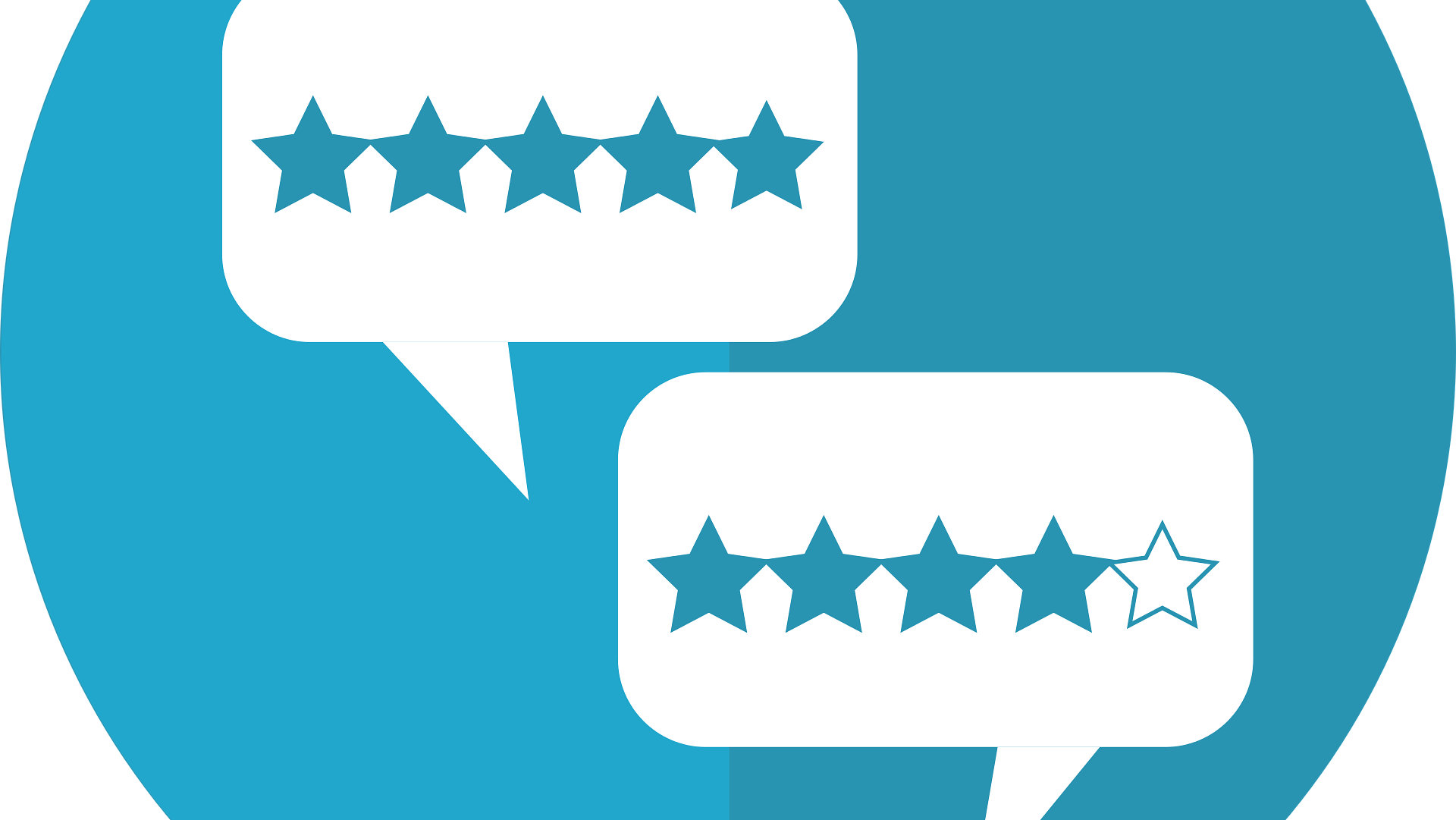
Consider an After-Action Review to Assess Your Progress This Year
By Jon Lokhorst, CPA, CSP, PCC
The 2023 year-end has arrived, and now is the time to create a framework through which you can assess your progress over the past year. To achieve this, consider using an after-action review (AAR). This structured approach has been a tool of the U.S. Army in evaluating performance in battlefield exercises, but the general framework has been adopted by governmental agencies, nonprofit organizations, and corporations for other purposes.
Today, the AAR is a widely used tool to analyze natural disaster responses, cybersecurity incidents, safety breaches, emergency preparedness, and more routine situations. The framework can expand or compress depending on the size and scope of the project, program, or event being evaluated. At an individual level, consider using an AAR for feedback on specific work assignments. Additionally, an AAR can be used as a catch-all assessment of your team’s performance during a designated timeframe, such as the pursuit of the year’s goals.
An AAR asks four essential questions to generate discussion within the team:
- What did we expect to happen?
- What actually happened?
- What went well and why?
- What can be improved and how?
Use these questions to get team members talking before you add your comments. Be prepared with second-level questions to go deeper into the discussion. Questions should start with What, Where, When, and How because inquiries that begin with Why can trigger defensiveness.
Potential second-level questions could be in the vein of the following examples:
- “Where do you feel the project got off track?”
- “When did communication with the other team break down?”
- “How did you discover the software’s capabilities were more limited than expected?”
Here are a few additional considerations when preparing an AAR:
- Look at engaging an outside facilitator to guide the discussion so you can be a participant without the distraction of having to lead the meeting. The larger your team or organization, the more beneficial (and feasible) it will be to bring in an outsider for this role.
- Create an environment of psychological safety, which promotes open and honest discussion among the team without finger-pointing and blaming. Be vulnerable as the team leader, acknowledging your own mistakes and setbacks. Promote an attitude of continuous learning and improvement.
- Encourage everyone on your team to participate in the discussion, regardless of their position or role. Prepare more reserved or introverted team members by sharing an agenda and some questions for the team to think about in advance. Use a combination of round-robin sharing and open commentary to keep more outspoken team members from dominating the conversation.
- Record important learning points for future reference and share relevant insights with other teams in the organization.
- In large organizations, conduct AARs within each significant business line, division, location, or similar breakdown. Compile the findings from each group for reporting and processing at an executive or enterprisewide level.
Maybe you’re not sure what to include in an AAR? In short, include just about anything and everything related to your team’s performance. Some points may include, but are not limited to, the following:
- Financial performance
- Management reporting
- Technology utilization
- Process optimization
- Talent development
- Team collaboration
- Stakeholder relationships
Hold your AAR as an offsite event to inspire creative thinking and critical problem-solving. If time allows, look back at the prior year during the morning and look ahead at next year’s goals during the afternoon. Combine it with a team-building event by adding a happy hour, dinner, or social event after the business discussion. Employing the AAR tool will enhance your team’s performance, build alignment, and provide a jump start on achieving your goals for next year.
Jon Lokhorst, CPA, PCC, PCC, is a leadership speaker, trainer, and coach, and the author of Mission-Critical Leadership: How Smart Managers Lead Well in All Directions. Before launching Your Best Leadership LLC, Lokhorst enjoyed a 30-plus-year career as a CPA, CFO, and organizational leader. He can be reached at jon@yourbestleadership.com.








